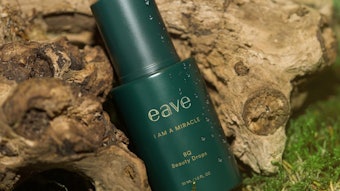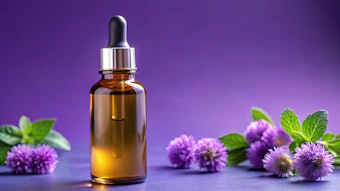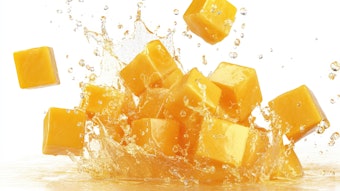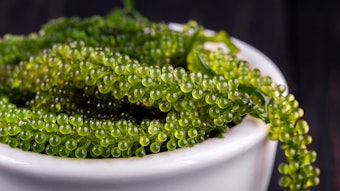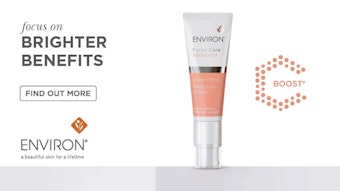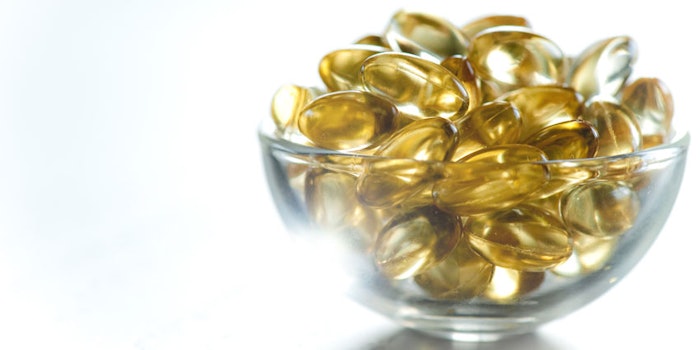
Vitamin F is getting some much deserved attention in the skin care industry right now. While this had previously been named a skin care ingredient to know for 2019, according to Vogue, its real moment is coming in 2020.1 So, the question remains on what spas need to know about consumer's new best friend for their skin.
What is Vitamin F
First things first, it's important to note that vitamin F is not an actual vitamin. In an interview with Danne Montague-King, he explained how "[Vitamin F] is a term for two fatty acids, alpha linolenic and linoleic, which are essential fatty acids (EFAs)." This leads us to question what the true benefits of vitamin F are that have everybody head over heals.
Vitamin F is known to hydrate the skin while also providing anti-inflammatory benefits and replenishing and restoring the skin's barrier.2 Safe to say, the benefits for the skin are there, and this vitamin/fatty acid is beneficial for all skin types. One of the key points of why this ingredient is becoming hot news is because the body can't product vitamin F on it's own, so it needs to be manually replenished through diet and skin care.
Expert Advice
To get a better understanding of this trend, we reached out to Danne Montague-King, founder of DMK Skin Care. Montague-King provided a lot of insight on this trend, and how spa owners may be surprised to realize that they have been using vitamin F all along. This poses the question though, if the industry has always been using it, how do we get it to stand out in our own spa now?
Skin Inc.: What are some of the key benefits of vitamin F?
Danne Montague-King (DMK): As mentioned in four-tier description in my article, it maintains the semi-impermeability of the skin, helps to promote prostaglandins which regulate all cell functions and regulates cholesterol transport and metabolism.
SI: Why do you think vitamin F is gaining popularity in skin care now?
DMK: It’s always been present in any serious formulation (at least any I have done), but no one focused on it. Now, someone somewhere has maybe made a Facebook post by “trend setters" or “influencers” looking at something new (that’s actually thousands of years old) that they can claim as “the hottest thing in skin care.”
This soon becomes the ONLY thing in skin care and nothing works unless it’s the prominent ingredient in a treatment or product. The products will start to have RICH IN VITAMIN F on them, or an entire line entitled “FFORCE ANTI-AGING CRÈME” on Facebook (someone will probably grab this name after reading this). Unbeknownst to many therapists, they have been using vitamin F for a long time anyway and there is no need to invest in products that claim to be centered around one popular ingredient.
Look at your ingredient decks offered by reputable companies, see the EFA percentage and source and inform your client that yes indeed, they have been using this “popular” ingredient, even eating it, for a long time.
SI: What are typical products you can find vitamin F in?
DMK: Essential fatty acids (linoleic and linolenic) are not for “spot application” or specific areas. They are vital to all over skin maintenance. There are, however, anti-inflammatory aspects to vitamin F, so products containing these EFAs are important in any treatments for reactive skin, acne, rosacea, atopic dermises and eczema.
SI: How can spas jump on the vitamin F trend?
DMK: Again, jump on would not be an operative term for spas. Any topical treatments the spa offers would do the same thing as a skin therapist or Dermatologist. Look at the labels on your products that list linolenic or linoleic, evening primrose oil, sea buckthorn oils and inform your clientele that yes, you feature vitamin F therapy already.
You can purchase a range that screams vitamin F all over the label and follow the trend if it lasts. Hopefully the cost will not be more than the effective products already being used.
Spas often feature juice and smoothie bars. Internal dose of vitamin F should be at least 11 grams per day, and, of course, what’s inside will show on the outside as well eventually. Pecans, sunflower seeds, almonds, soy oil, flax seeds, chia seeds, hemp (popular now) and walnuts are all high in vitamin F. Add these to juices and smoothies with a big, ‘RICH IN VITAMIN F” promotion. In the end, its kind of like the gluten free craze, where the labels are even on fruits and watermelons. Now, everyone intelligent knows these foods do not contain gluten, but marketers have discovered putting a gluten free label on fruits and veggies makes the shopper think they are somehow better and safer.
SI: How essential do you think vitamin F is to a skin care routine?
DMK: The very word ESSENTIAL tells it all. Essential in front of anything (essential amino acids for example) means the body does not make it on its own but needs it. So, certainly, vitamin F is essential.
SI: In your opinion, what skin types would benefit most from vitamin F?
There is no such thing as “skin type” anymore. The world is becoming more and more homogeneous with people moving from their native lands to other parts of the globe. The heredity of families becomes saturated with a plethora of ethnicities.
In addition, which type of skin would you diagnose on a 60-year-old Caucasian woman with solar damaged wrinkles and onset adult acne caused by her husband dumping her for a a young woman? Give her the age skin care kit of the acne kit? Neither, you would treat her condition, not type. Ironically, treating the acne will also revitalize her aging problems.
References:


